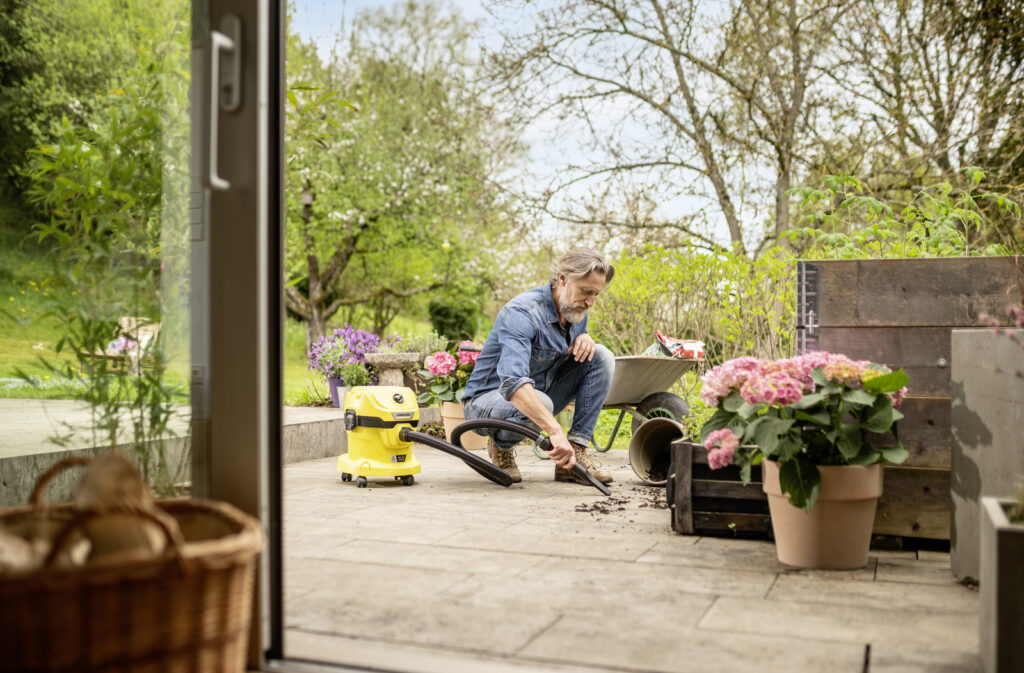Have you ever wondered why water boils in a vacuum at lower temperatures? It’s a fascinating phenomenon that challenges our everyday understanding of boiling. In a vacuum, the pressure surrounding the water drops significantly, allowing it to transform from liquid to vapor without the heat you’d expect at standard atmospheric pressure.
Understanding Boiling Point
Boiling point refers to the temperature at which a liquid transforms into vapor. The boiling point varies based on pressure and other environmental factors, which can significantly alter the behavior of liquids like water.
Definition of Boiling Point
The boiling point is the temperature where a liquid’s vapor pressure equals the surrounding atmospheric pressure. For water at standard atmospheric pressure (101.3 kPa), this temperature is 100°C (212°F). In a vacuum, atmospheric pressure decreases, which lowers the boiling point and allows water to boil at temperatures below 100°C.
Factors Affecting Boiling Point
- Pressure: Lower pressure reduces the temperature at which liquids boil. In a vacuum, this leads to water boiling at much lower temperatures.
- Composition: The presence of solutes, such as salt or sugar, elevates the boiling point. Solutions boil at higher temperatures compared to pure solvents.
- Altitude: Higher altitudes experience reduced atmospheric pressure, which results in a lower boiling point. For example, water boils at approximately 94.5°C (202.1°F) at 2,000 meters (6,562 feet) above sea level.
- Intermolecular Forces: Stronger intermolecular forces in a liquid require more energy (higher temperatures) to break the bonds, raising the boiling point.
The Role of Pressure
Pressure plays a crucial role in the boiling process of water, particularly within varying environmental conditions. Understanding atmospheric pressure and vacuum pressure helps clarify why water boils at lower temperatures under reduced pressure.
Atmospheric Pressure Explained
Atmospheric pressure refers to the weight of air above a specific location. At sea level, atmospheric pressure is approximately 101.3 kPa (kilopascals) or 14.7 psi (pounds per square inch). This pressure pushes down on the surface of water, requiring a temperature of 100°C (212°F) for water to boil. If the pressure decreases, the boiling point of water also decreases, allowing it to boil at lower temperatures.
Pressure in a Vacuum
Vacuum pressure is defined as the absence or significant reduction of atmospheric pressure. In a vacuum environment, the pressure surrounding water drops, causing the boiling point to fall dramatically. For example, at a pressure of 40 kPa, water can boil at just 60°C (140°F). This reduction in boiling point allows for rapid evaporation and boiling at temperatures well below the standard boiling point at sea level.
Why Does Water Boil in a Vacuum
Water boils in a vacuum due to the significantly reduced pressure around it. This decreased pressure allows water to transition from liquid to vapor at temperatures lower than the standard boiling point.
Scientific Explanation
Boiling occurs when the vapor pressure of a liquid equals the external pressure acting on it. In a vacuum, the external pressure is drastically lower than at sea level. This means that water reaches its vapor pressure at a much lower temperature. For instance, at a pressure of 20 kPa, water can boil at about 30°C (86°F). This phenomenon illustrates how pressure directly influences the boiling point of water and other liquids.
Temperature Changes
Temperature changes play a crucial role in the boiling process in a vacuum. As pressure decreases, water requires less thermal energy to convert from a liquid to a vapor. Thus, even small temperature increases can cause water to boil rapidly in a vacuum. For example, at a pressure of 10 kPa, water can boil at approximately 20°C (68°F). This ability to boil at such low temperatures not only enables unique laboratory experiments but also showcases the principles of thermodynamics and phase changes in action.
Practical Applications
Understanding the boiling of water in a vacuum has several practical applications across culinary and industrial fields.
Culinary Uses
Culinary professionals use vacuum boiling to prepare delicate foods. This method enables cooking at lower temperatures, which preserves flavor, texture, and nutritional value. For example, sous vide cooking utilizes vacuum-sealed bags immersed in water heated to precise temperatures, often below 100°C. This technique avoids overcooking, leading to tender meats and vibrant vegetables. Additionally, it reduces the risk of oxidation, helping maintain color and taste in fragile ingredients like herbs and seafood.
Industrial Processes
Many industries leverage vacuum boiling for efficiency and product quality. In food processing, vacuum evaporation concentrates juices and syrups without damaging sensitive compounds. Pharmaceutical companies utilize vacuum distillation for purifying substances at lower temperatures, minimizing thermal degradation. Moreover, vacuum drying plays a crucial role in preserving perishable materials, reducing microbial growth while maintaining structural integrity. Overall, these applications highlight the significance of vacuum conditions in enhancing culinary and industrial outcomes.
Conclusion
Understanding why water boils in a vacuum opens up a world of possibilities in both science and practical applications. By lowering the pressure, you can make water transition to vapor at surprisingly low temperatures. This knowledge not only challenges conventional wisdom but also enhances cooking techniques and industrial processes.
Whether you’re experimenting in the kitchen with sous vide or exploring advanced industrial methods, the principles of vacuum boiling can lead to improved results. Embracing these concepts can elevate your culinary skills and optimize production efficiency in various fields.

Hi, I’m Md Rofiqul, a gardening enthusiast who loves spending time in the garden and backyard. I enjoy caring for plants, growing flowers and vegetables, and creating a green space that feels peaceful and refreshing. Gardening is more than just a hobby, it’s a passion that connects me to nature and brings joy to my daily life. Living with plants inspires me to embrace simplicity, patience, and sustainability while making every day more colorful and rewarding.

